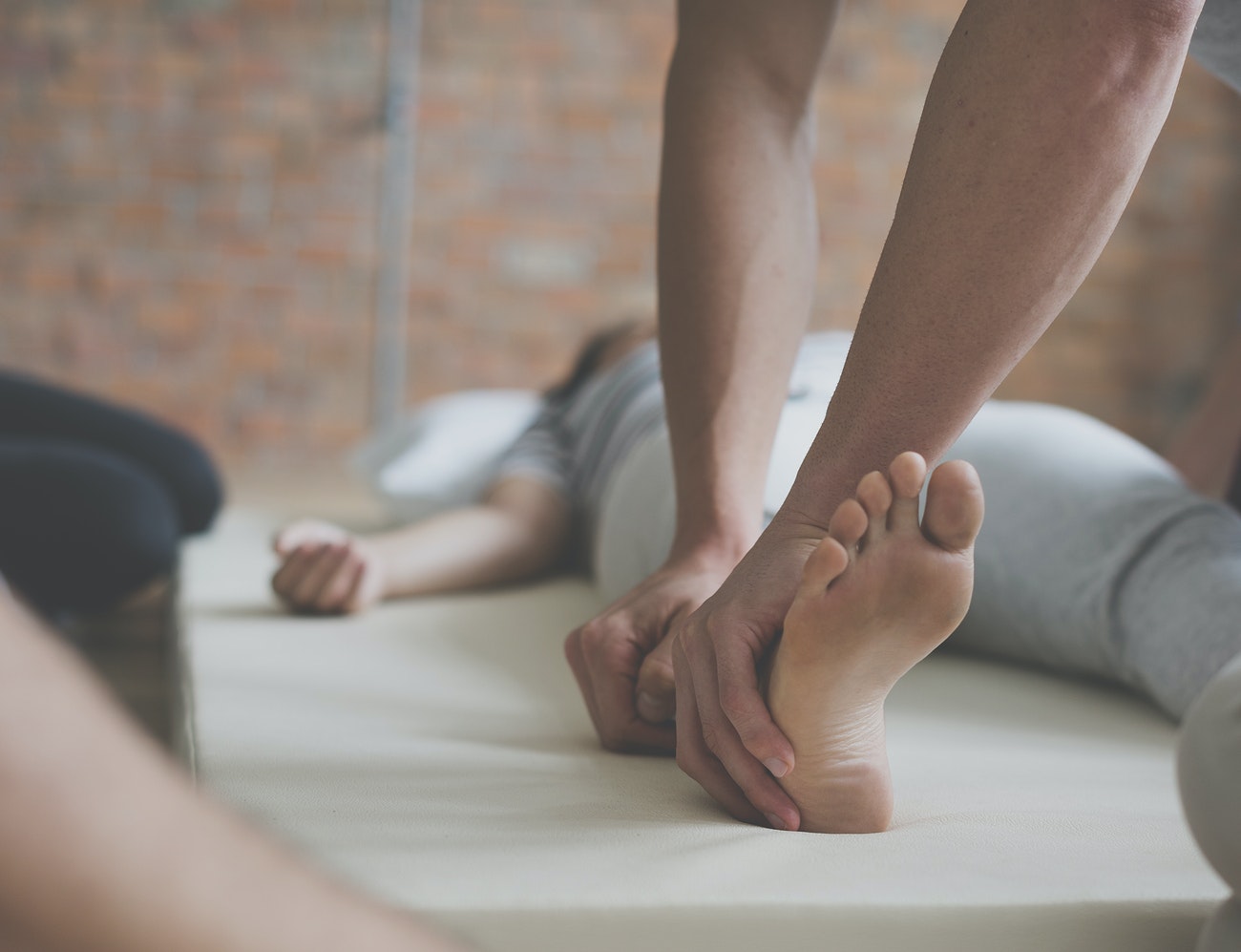
Physiotherapy vs. Massage Therapy
There can be quite a lot of confusion around which type of therapist is best for you and who you need to see in regards to taking care of your body. Before we dive into which type of therapist you should see, we need to define what massage actually is. Massage refers to the pressure applied to muscles of the body in a rubbing or kneading motion. This is usually done by a therapist to reduce or relieve tension and pain. Massage therapy has been around for thousands of years, while the practice of physiotherapy has only been recognised as being relatively new even though similar principles have been around for longer. While Physiotherapists do use massage as a tool in treating their patients, this is not the sole technique that they use.
There are both a lot of similarities and differences between massage therapy and physiotherapy.
Both types of treatment use a “hands-on” approach to manipulate the muscles and joints of the body in order to achieve a change. Massage therapy uses a more “passive” approach, where the client usually lies down for the majority of the session with the therapist working on them. This is great for full-body relaxation and releasing general muscle tightness or tension. Massage can also promote lymphatic drainage, increase blood flow and induce well-being in the body.
On the other hand, Physiotherapists will assess, diagnose and treat a specific injury or body part using both “passive” and “active” modalities. Passive modalities would include “hands-on” treatment techniques such as massage, dry needling, and joint manipulation and mobilisation, whereas “active” treatment modalities refer to when the client actually does the work, for example in exercise and movement rehabilitation. Physiotherapists use an evidence-based scientific approach to understand what is causing the dysfunction and help to educate the client during the treatment process.
Both types of therapists work on the body to aim to relieve symptoms of pain and tension for clients.
During a massage, the client has a bit more freedom to dictate their treatment and what they want the massage therapist to do in regards to pressure, time, area and style. While Physiotherapists will listen and take into account what their client wishes to achieve from a session, they usually lead the session and bit more and inform their clients of what they are going to do/ work on.
Massage therapy and physiotherapy can be used in conjunction with one another as a part of a healthy and balanced lifestyle. Even if you do not currently have an injury, a Physiotherapist can assess you for any potential injuries that may arise, and assist you on how to correct any dysfunction. Massage therapy is also an effective way to assist in preventing potential injuries by loosening up the soft tissues, promoting blood flow and assisting a healthy range of movement.
When to see a Massage Therapist:
- If you have general body aches, pains or tightness
- If you carry a lot of stress/tension and need to relax
- As a precaution for preventing injuries
- For lymphatic drainage or decreasing swelling
When to see a Physiotherapist:
- If you have a specific injury (either acute or chronic)
- You want/need a diagnosis, education and to understand your injury and the rehabilitation process
- Your treatment requires stretching and exercise rehabilitation
- You are experiencing other strange symptoms such as general unwellness, fatigue, unexplained weight loss/gain, etc.
As with any profession, you can have both good and bad massage therapists and Physiotherapists. A good massage therapist will have extensive knowledge about the anatomy of the body, and be able to feel changes in the soft tissues. A good physiotherapist will educate and cater their treatments specifically for individual clients, using both passive and active treatment modalities in the appropriate ratios for the individual. At Base Body Studio, we offer both Physiotherapy and Massage Therapy to cater for all your body needs, and ensure you have the best treatment possible. Come in and see us today!



